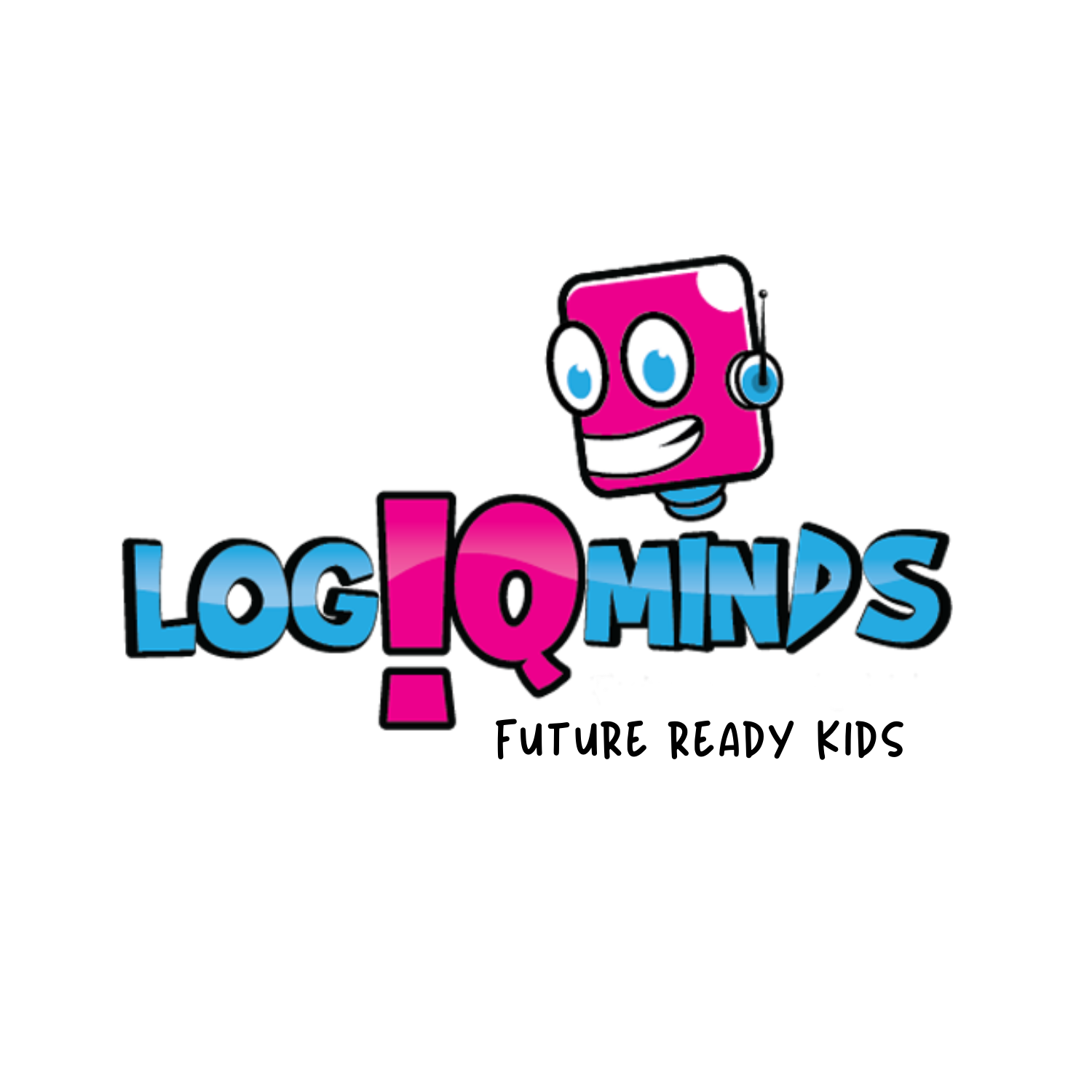Unlocking the Power of Gamification Learning: A Comprehensive Guide!
Gamification has become a potent educational tool in recent years, revolutionizing how we learn and interact with knowledge. Everything you need to know about gamification learning, its advantages, and how it improves the learning experience will be covered in this blog post.
1. What is Gamification Learning?
Gamification learning involves integrating game elements and mechanics into educational experiences to make learning more interactive, enjoyable, and immersive. It utilizes elements like challenges, rewards, leaderboards, and progress tracking to motivate and engage learners.
2. Benefits of Gamification Learning:
a. Increased Engagement: Gamification captures learners' attention and motivates them to actively participate in the learning process.
b. Improved Retention: By providing immediate feedback and reinforcement, gamification enhances knowledge retention.
c. Enhanced Problem-Solving Skills: Gamification promotes critical thinking, decision-making, and problem-solving skills through interactive challenges.
d. Personalized Learning: Gamification allows learners to progress at their own pace, adapting the learning experience to individual needs and preferences.
e. Collaboration and Competition: Gamification encourages collaboration and healthy competition among learners, fostering social interaction and teamwork.
3. Examples of Gamification Elements:
a. Points and Levels: Learners earn points and unlock new levels as they progress, providing a sense of accomplishment and advancement.
b. Badges and Rewards: Badges and rewards recognize learners' achievements, boosting motivation and fostering a sense of accomplishment.
c. Leaderboards: Leaderboards display learners' rankings, promoting healthy competition and encouraging self-improvement.
d. Quests and Challenges: Quests and challenges present learners with interactive tasks and missions, making the learning experience more engaging and immersive.
4. Effective Implementation:
a. Learning objective is specified: Gamification must align with precise learning objectives to derive success.
b. Meaningful Feedback: Effective and punctual feedback to aid learners and strengthen their development.
c. Maintaining Engagement Without overpowering Learners: The level of complexity of gamified activities should be regulated to maintain learner engagement without overpowering them.
d. Monitoring Progress: Reliable monitoring tools let students keep tabs on their development and pinpoint areas that need work.
Gamification learning has transformed the educational landscape, offering a dynamic and engaging approach to learning. By leveraging game elements, educators can capture learners' attention, enhance motivation, and foster a deeper understanding of the subject matter. With its numerous benefits and potential for personalized learning experiences, gamification holds the key to unlocking the full potential of learners in the digital age.


